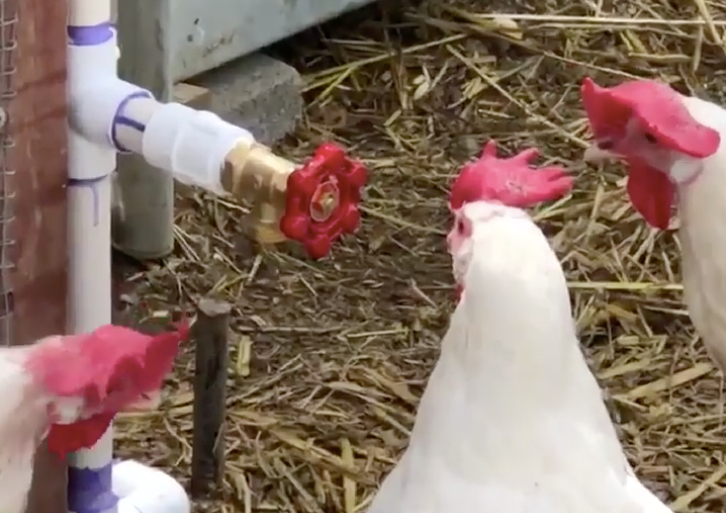Ten years ago, somewhere in the Rocky Mountains, a man named Forrest Fenn buried a small treasure chest.
According to the available descriptions, the chest dated back to the 12th century. It was made of bronze, with wood liner and a locking front clasp. On its sides, it showed scenes of knights scaling a wall while damsels above rained down flowers.
Fenn, who was a filthy-fun arts and antiquities dealer out of Santa Fe, filled the chest with hundreds of rare coins, gold nuggets, and pieces of ancient jewelry. The treasure was estimated to be worth between $1 and $2 million.
And then, Forrest Fenn hid the treasure and the chest “in the mountains somewhere north of Santa Fe ” — intending for somebody else to find it.
Fenn published a memoir in 2010 titled The Thrill of the Chase. It contained hints as to the location of his treasure chest. It also contained a poem, which Fenn said had nine specific clues.
In the decade since, hundreds of thousands of people searched for Fenn’s treasure. Five treasure hunters even died in the quest, by falling off cliffs or drowning in rivers.
And then this weekend, Fenn announced that somebody has finally found the treasure chest, somewhere “under a canopy of stars in the lush, forested vegetation of the Rocky Mountains.”
So what’s the copywriting lesson here?
First, I think this was an impressive instance of mobilizing people. Forrest Fenn literally got people to sacrifice their lives in search of a $1M prize.
Of course, this wasn’t just about $1 million. This was about uncovering a secret treasure. And that’s the point I want to get across to you.
Forrest Fenn could have just announced that he had buried $1M worth of treasure in the Rocky Mountains. “Go find it, you bums!”
But that’s not what he did.
Look at the description above of the treasure chest and its contents. It came from Fenn himself.
There’s so much detail.
You can probably picture the bronze box, the relief on the sides, and the jewels and gold coins stacked up to the rim. Then there’s Fenn’s memoir itself, in which every line could be a possible clue to the location.
And that’s the copywriting lesson.
If you’re going to lead people by the nose, you have to give them enough bait to get them hooked. Otherwise, they will just think you’re making stuff up. Or, as John Forde and Michael Masterson put it so formally in Great Leads:
“Specificity is absolutely required to overcome the skepticism that secrets automatically evoke.”


